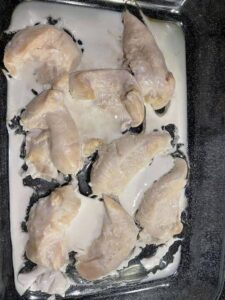
What’s That White Goo on Cooked Chicken? The Surprising Science Behind It
If you’ve ever cooked chicken and noticed a strange white, gelatinous substance forming on the surface, you’re not alone. It’s sparked plenty of head-scratching in kitchens everywhere — is it safe? Is something wrong with the meat? Let’s clear up the mystery once and for all.
So, What Is the White Goo?
First, the good news: that white substance is completely normal and perfectly safe to eat. While it may look odd, it’s nothing more than a mix of water and proteins naturally found in the chicken.
Here’s what happens: when chicken is heated, the muscle fibers tighten and release moisture. That moisture contains proteins like myosin and actin, which solidify during cooking. The result? A white, sometimes sticky residue — very similar to what happens when egg whites turn opaque and firm during cooking. It’s simply protein denaturation in action.
Why Does It Happen More with Some Chicken?
Not all chicken releases the same amount of this substance, and that has a lot to do with how the meat was handled before it hit your pan.
-
Frozen Chicken: Chicken that has been frozen tends to ooze more of the white goo. Freezing causes ice crystals to form, damaging the muscle fibers. When cooked, these damaged cells leak more liquid, which coagulates into the goo.
-
Processed or Brined Chicken: Some chicken is processed with added moisture or brine. This extra fluid increases the chance that more water and protein will be expelled during cooking.
-
Storage Practices: Chicken stored under certain conditions — like vacuum-sealed packages with retained moisture — is also more prone to producing this effect.

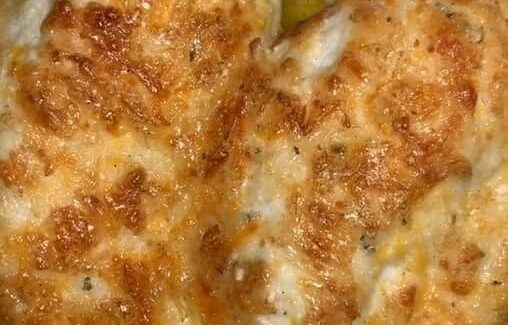
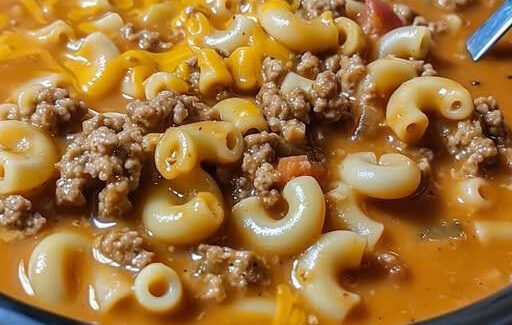
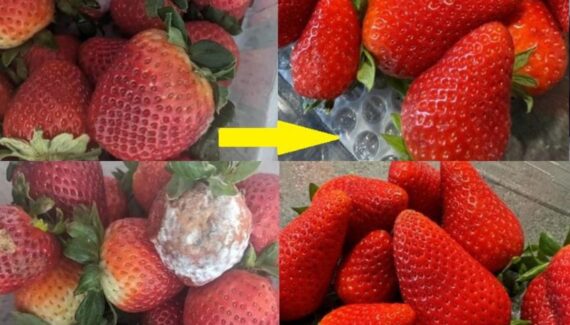
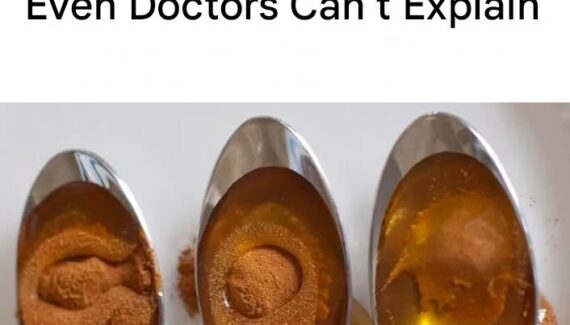


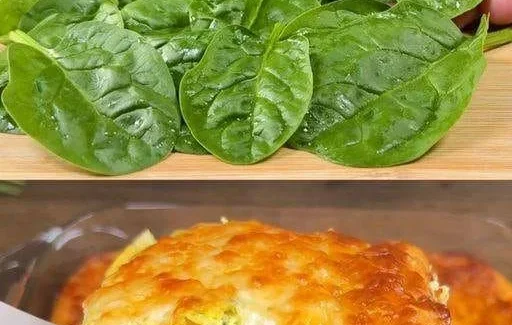
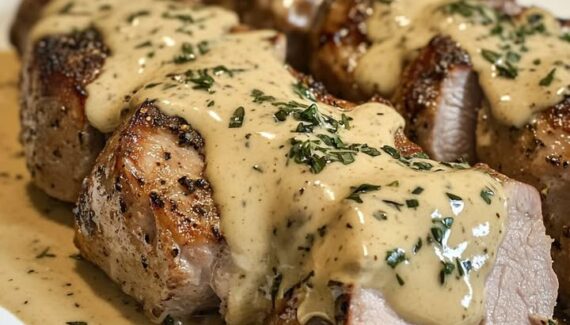
No Responses Yet